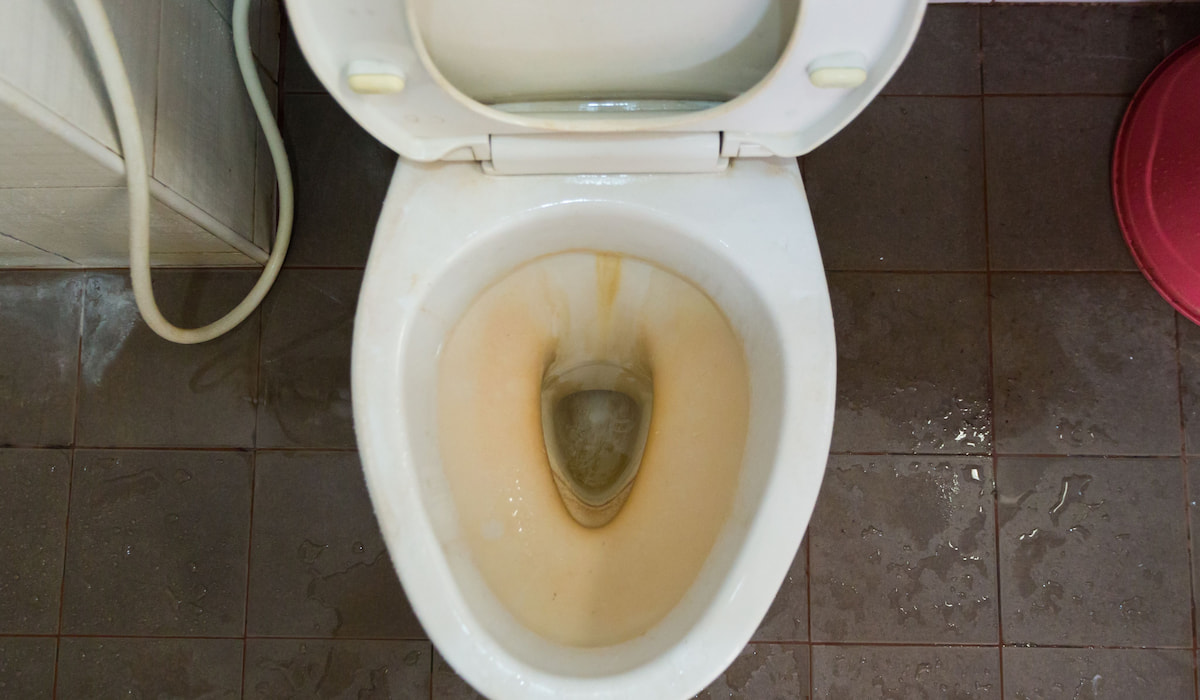

Articles
Why Is The Water In My Toilet Brown
Modified: August 30, 2024
Discover why the water in your toilet appears brown with these informative articles. Explore possible causes and find helpful solutions for this common issue.
(Many of the links in this article redirect to a specific reviewed product. Your purchase of these products through affiliate links helps to generate commission for Storables.com, at no extra cost. Learn more)
Introduction:
As a homeowner, few things can be as puzzling and concerning as discovering that the water in your toilet has turned an unsettling shade of brown. Not only is this discoloration visually unappealing, but it may also signify an underlying issue with your plumbing system or water supply. Understanding the common causes of brown toilet water can help you identify and resolve the problem promptly.
In this article, we will explore the various reasons why your toilet water may be brown, ranging from rusty pipes to sediment in the water supply. Additionally, we will discuss the steps you can take to address the issue and restore crystal-clear water to your toilet tank.
So, let’s dive in and uncover the mysteries surrounding brown water in toilets.
Key Takeaways:
- Brown water in toilets can result from rusty pipes, sediments in the water supply, municipal water system issues, nearby construction contamination, or problems with well systems. Prompt action and professional assistance can restore clean and clear water.
- Flushing, cleaning, contacting the water service provider, testing water quality, and hiring a professional plumber are essential steps to address brown water in toilets. Regular maintenance and monitoring help prevent future water quality issues.
Read more: Why Is There No Water In My Toilet Bowl
Common Causes of Brown Water in Toilets:
When you notice that the water in your toilet has taken on a brown hue, it’s important to determine the root cause before you can take steps to resolve the issue. Here are some of the most common reasons why your toilet water may be turning brown:
- Rusty Pipes and Plumbing System: Older homes with aging plumbing systems may be prone to rusty pipes. Over time, corrosion can occur, causing rust particles to enter the water supply. This can lead to brown water flowing through your toilet tank.
- Sediments or Minerals in the Water Supply: Another potential cause of brown water is the presence of sediments or minerals in the water supply. These impurities can originate from sources such as underground wells, which may contain high levels of iron or manganese. When these minerals mix with the water, it can result in discolored toilet water.
- Municipal Water System Issues: If you receive your water from a municipal supply, there could be temporary issues within the city’s water system. This can include maintenance work, pipeline repairs, or disruptions due to natural disasters. These events can cause sediment or disturbances in the water supply, leading to brown water in your toilet.
- Contamination from Nearby Construction or Activities: If there is construction or maintenance work happening in your area, it’s possible that the water supply may be affected. Loose dirt, sediment, or debris can enter the water lines, resulting in discolored water in your toilet.
- Discolored Water from a Well System: Homes with a well water system may encounter brown water due to various reasons. It could be a result of a damaged well pump, a faulty filtration system, or the presence of sediment and minerals in the well. Regular maintenance and water quality testing can help identify and address these issues.
It’s worth noting that sometimes the discoloration may be temporary and harmless. However, it’s important to investigate and resolve the issue to ensure the safety and aesthetics of your toilet water.
Rusty Pipes and Plumbing System:
One of the common causes of brown water in toilets is rusty pipes and plumbing systems. Over time, the metal components of your plumbing system, such as pipes and connectors, can develop rust due to corrosion. This can taint the water flowing through them, resulting in a brown discoloration.
Rusty pipes can be a problem in older homes or buildings that have plumbing systems that have not been updated or replaced in many years. As these pipes age, they become more susceptible to corrosion, especially if they are made of materials such as iron or galvanized steel.
The presence of rust in the water supply not only affects the color but can also impact the taste and smell of the water. In addition to the unsightly brown color, you may notice a metallic taste or a slight odor in the water coming from your toilet.
If you suspect that rusty pipes are causing the brown water in your toilet, it’s crucial to address the issue promptly. Ignoring the problem can lead to further deterioration of your plumbing system, potentially causing leaks and other plumbing issues.
To resolve the issue, you may need to consider replacing the affected pipes or even the entire plumbing system, depending on the extent of the corrosion. A professional plumber can assess the situation and recommend the best course of action.
In some cases, a plumber may suggest installing a water filtration system or water softener to minimize the impact of rust on your water supply. These systems can remove sediment and impurities from the water, improving its quality and reducing the chances of brown water appearing in your toilets.
Regular maintenance and inspection of your plumbing system can help identify and prevent issues associated with rusty pipes. If you own an older property or suspect that your pipes may be prone to corrosion, it’s advisable to have a professional plumber perform regular checks to ensure the integrity of your plumbing system.
By addressing the problem promptly and taking preventive measures, you can maintain clean and clear water in your toilets and other fixtures throughout your home.
Sediments or Minerals in the Water Supply:
Another common cause of brown water in toilets is the presence of sediments or minerals in the water supply. These impurities can originate from various sources and can give the water a brown or discolored appearance.
One of the main culprits is high levels of iron or manganese in the water. These minerals can naturally occur in underground wells or can enter the water supply through other means. When present in high concentrations, they can cause the water to turn brown or even black.
Sediments can also find their way into the water supply, especially if it comes from a well or if there is nearby construction or maintenance work happening. Loose soil, dirt, or debris can enter the water lines and contribute to the discoloration of the water in your toilet.
In some cases, the presence of sediments or minerals may not only cause water discoloration but may also lead to clogged faucets, reduced water flow, or staining on plumbing fixtures.
To address the issue of sediments or minerals in the water supply, it is recommended to install a water filtration or treatment system. These systems can effectively remove impurities, including iron, manganese, and sediments, improving the overall quality of your water. It’s important to select a system that is appropriate for your specific water conditions and consult with a professional plumber for proper installation.
Regular maintenance of these filtration systems is essential to ensure their continued effectiveness. Filters may need to be replaced periodically to maintain optimal performance and prevent the buildup of sediments.
If you receive your water from a municipal supply, contacting your water service provider is also advisable. They can provide information about the quality of the water and any ongoing issues that may be causing the discoloration. They may also be able to provide recommendations or initiate corrective measures to address the problem.
Lastly, if the discoloration persists despite these measures, it is recommended to have your water quality tested by a certified laboratory. This will provide a comprehensive analysis of the water and identify any potential contaminants or issues that may be contributing to the brown water in your toilet.
By identifying and addressing the presence of sediments or minerals in your water supply, you can ensure that your toilet water remains clear and free from discoloration.
Municipal Water System Issues:
If you receive your water from a municipal supply, it’s crucial to consider the possibility of temporary issues within the city’s water system when you notice brown water in your toilet.
Municipal water systems are responsible for delivering clean and potable water to homes and businesses. However, maintenance work, pipeline repairs, or unexpected events like natural disasters can disrupt the normal flow of water and lead to temporary discoloration.
During maintenance or repair work, sediment and debris can be disturbed and enter the water lines, causing the water to turn brown. Similarly, if there is a break in the water main or a problem with the distribution system, it can introduce contaminants or sediments into the water supply.
In some cases, municipalities issue notifications or advisories when there are known issues with the water system. It’s always a good idea to stay informed about any updates or alerts from your water service provider.
If you notice brown water in your toilet and suspect that it may be a result of municipal water system issues, contacting your water service provider is recommended. They have the expertise and resources to investigate the problem and provide guidance on resolving it.
In the meantime, you can run the taps in your home for a few minutes to flush out any sediments or contaminants that may have entered the pipes. This can help clear the brown water from your toilet.
It’s important to note that if the brown water persists for an extended period or if there are other concerns with the water quality, it’s advisable to have your water tested. A certified laboratory can analyze the water sample and identify any potential contaminants or issues that may be contributing to the discoloration.
By staying informed and working closely with your water service provider, you can address any municipal water system issues that may be causing brown water in your toilet and ensure the safety and quality of your water supply.
Read more: Why Is My Toilet Water Blue
Contamination from Nearby Construction or Activities:
Discovering brown water in your toilet can be disconcerting, especially if there is nearby construction or maintenance work happening. Contamination from these activities can be one of the reasons behind the discoloration of your toilet water.
During construction or maintenance projects, the ground can become disturbed, and loose soil, dirt, or debris can find its way into the water lines. This can lead to sediment buildup and cause the water in your toilet to turn brown.
In some cases, chemicals or pollutants from construction materials, paints, or cleaning agents can also contaminate the water supply. These substances can alter the color and quality of the water, resulting in brown or discolored water in your toilet.
If you suspect that nearby construction or activities may be the cause of brown water in your toilet, there are a few steps you can take:
- Contact the construction or maintenance team: Reach out to the responsible parties and inquire about any potential impact on the water supply. They may provide information about the measures they are taking to prevent contamination or disruptions in the water system.
- Flush your water lines: Run the taps in your home for a few minutes to help flush out any sediments or contaminants that may have entered the pipes. This can help clear the brown water from your toilet.
- Contact your water service provider: If you continue to experience brown water, it’s recommended to contact your water service provider. They can provide guidance and investigate if there are any issues with the water supply due to nearby construction or activities.
- Consider installing a filtration system: Installing a water filtration system can help remove sediment and impurities, improving the overall quality of your water. Consult with a professional plumber to determine the best filtration option for your specific needs.
It’s important to note that the duration of the brown water and the severity of the contamination can vary depending on the proximity and intensity of the construction or activities. However, taking the necessary steps to address the issue promptly can help restore clean and clear water to your toilet.
By staying vigilant and communicating with the relevant parties, you can minimize the impact of nearby construction or activities on your water supply and ensure the quality and safety of your toilet water.
Discolored Water from a Well System:
If your home relies on a well system for water supply, brown or discolored water in your toilet can be attributed to various factors related to the well system itself.
One potential cause is a damaged well pump. If the pump is malfunctioning or deteriorating, it can introduce sediment and debris into the water supply, resulting in brown water. In such cases, it is essential to have a professional well technician inspect and repair or replace the pump as necessary.
An aging or faulty filtration system can also contribute to discolored water from a well system. If the filtration system is not functioning correctly or has reached the end of its lifespan, it may fail to effectively remove impurities from the water, leading to discoloration. Regular maintenance and timely replacement of filters are crucial to maintaining good water quality in well systems.
Additionally, the presence of sediment and minerals in the well can be a common cause of brown water. Over time, wells can accumulate sediments and minerals such as iron or manganese. A thorough well cleaning or a process called well rehabilitation can help remove these deposits and restore clean water to your toilet.
Water quality testing is crucial for well systems. Regular tests can provide valuable insights into the mineral content and overall quality of your well water. If the test reveals excessive levels of sediment or minerals, treatment options such as water softeners or filtration systems may be recommended.
It’s important to note that well water quality can vary depending on factors such as the geological composition of the area, nearby land usage, and maintenance of the well system. Regular inspections by professionals, ensuring proper sealing of the well, and regular testing can help prevent and address any issues with water quality.
If you notice persistent brown water in your toilet from a well system, it is advised to consult with a well contractor or plumber experienced in well systems. They can assess the situation, identify the underlying cause, and recommend appropriate solutions for improving your well water quality.
By addressing any issues with the well system and implementing necessary water treatment measures, you can ensure that your toilet water remains clear and free from discoloration.
If the water in your toilet is brown, it may be due to rust or sediment in the water supply. Try flushing the toilet a few times to see if the water clears up. If the issue persists, contact your local water utility to check for any problems with the water supply.
Steps to Take When Toilet Water is Brown:
Discovering brown water in your toilet can be concerning, but there are steps you can take to address the issue effectively. Here’s what you should do when you encounter brown water in your toilet:
- Flush and clean the toilet: Start by flushing your toilet a few times. This can help remove any excess sediment or debris that may be causing the brown water. After flushing, thoroughly clean the toilet bowl, tank, and other components to ensure hygiene.
- Contact your water service provider: If you receive your water from a municipal supply, contact your water service provider to inquire about any known issues or disruptions in the water system. They can provide guidance and inform you if there are any ongoing maintenance, repairs, or concerns affecting water quality in your area.
- Test the water quality: Consider having your water quality tested by a certified laboratory. They can provide a comprehensive analysis of your water, including its mineral content and any potential contaminants. This can help identify the underlying cause of the brown water and guide you in finding appropriate solutions.
- Contact a professional plumber: If the brown water persists or if you suspect an issue with your plumbing system, it is advisable to contact a professional plumber. They can inspect your pipes, fittings, and other plumbing components to identify any potential problems such as rusty pipes or leaks. The plumber can recommend the necessary repairs or replacements to restore clean water in your toilet.
- Consider installing a water filtration system: Depending on the cause of the brown water, you may benefit from installing a water filtration system. These systems can effectively remove impurities and sediment, improving the overall water quality throughout your home. Consult with a professional plumber to determine the best filtration option for your specific needs.
It’s important to note that the steps to take when your toilet water is brown can vary depending on the specific circumstances and causes. The severity and persistence of the discoloration should also be taken into consideration.
Remember, brown water in your toilet can indicate underlying issues that may require professional assistance. Taking the appropriate steps promptly will help resolve the problem and ensure that your toilet water remains clear and clean.
Flushing and Cleaning the Toilet:
When you notice that the water in your toilet has turned brown, the first step you should take is to flush and clean the toilet. This simple action can help remove any excess sediment or debris that may be causing the discoloration. Here’s how you can effectively flush and clean your toilet:
- Flush the toilet: Start by flushing the toilet multiple times. This will help clear out any sediments or contaminants that may be present in the water. Flushing with clean water will also help determine if the discoloration is due to temporary factors like a disruption in the water supply or if it persists after multiple flushes.
- Inspect the tank and bowl: While the toilet is empty, take a moment to inspect the inside of the tank and the bowl. Look for any signs of sediment buildup, rust, or mineral deposits. If you notice any visible issues, they may be contributing to the brown water.
- Scrub the toilet bowl: Next, use a toilet brush and a non-abrasive cleaner to thoroughly scrub the inside of the toilet bowl. Pay attention to any areas where discoloration or residue is present. This will help remove any surface stains or debris that could be contributing to the brown water.
- Clean the tank components: Remove the lid of the toilet tank and inspect the components inside. If you notice any signs of rust or sediment, carefully clean them using a soft brush or cloth. Be sure to follow the manufacturer’s instructions and use appropriate cleaning solutions to avoid damaging any parts.
- Flush again and monitor: After cleaning the toilet, flush it again to ensure that the water runs clear. Keep an eye on the water quality over the next few flushes to ensure that the discoloration does not persist. If the brown water continues, it may be necessary to investigate further or seek professional assistance.
Regular cleaning and maintenance of your toilet can help prevent and address issues with discoloration. By keeping the toilet clean and ensuring the internal components are in good condition, you can maintain clear and fresh water in your toilet.
If the brown water persists even after thorough cleaning, it is advisable to investigate further or contact a professional plumber to identify and address any underlying plumbing or water supply issues.
Read more: Why Is My Toilet Bowl Not Holding Water
Contacting the Water Service Provider:
If you experience brown water in your toilet, it’s important to contact your water service provider as soon as possible. They are responsible for delivering clean and safe water to your home, and they can provide valuable information and assistance in resolving any water quality issues. Here’s what you need to know about contacting your water service provider:
- Gather relevant information: Before contacting your water service provider, gather essential information, such as your account number, address, and a description of the problem. Note the date and time when you first noticed the brown water and any other pertinent details that may help them understand the situation.
- Locate the contact information: Look for the contact information of your water service provider. You can usually find their contact number on your water bill, their website, or by conducting a quick online search. Save their contact details for future reference as well.
- Call the water service provider: Place a call to the customer service department of your water service provider. Explain the issue concisely and provide the details you have gathered. Be prepared to answer any questions they may have in order to assist you effectively.
- Ask about known issues: Inquire if there are any known issues or disruptions in the water supply in your area. The water service provider may have received other reports and can provide information on ongoing maintenance work, water main repairs, or any other factors that may be contributing to the brown water.
- Follow their instructions: The water service provider may provide instructions on what to do next. They may advise you to run the taps for a certain duration to help flush out any sediments or contaminants in the water lines. They may also schedule a technician visit to inspect your property and investigate the issue further.
- Maintain communication: Keep the lines of communication open with your water service provider. Follow up on any updates they provide and notify them if the brown water issue persists or worsens. They can guide you on the necessary steps to address the problem and ensure the safety of your water supply.
By contacting your water service provider, you not only alert them to the issue but also contribute to the collective monitoring of the water supply in your area. Their expertise and resources can help identify and resolve any systemic issues that may be causing brown water in your toilet.
Remember, your water service provider is there to assist you and ensure that you have access to clean and safe water. Don’t hesitate to reach out to them when you encounter water quality concerns.
Testing the Water Quality:
If you have brown water in your toilet, testing the water quality is an essential step to determine the underlying cause of the discoloration. Water quality testing provides valuable information about the presence of contaminants or minerals that may affect the safety and aesthetics of your water. Here’s what you need to know about testing the water quality:
- Identify a certified laboratory: Look for a certified laboratory or a water testing service that can perform accurate and reliable water quality tests. They should have the necessary certifications and expertise to analyze your water sample.
- Follow the sampling instructions: Obtain a water testing kit from the laboratory or follow their instructions for sampling and collecting a water sample. Ensure that you follow the proper procedures to get an accurate representation of your water’s quality.
- Submit the water sample: Submit the collected water sample to the laboratory for analysis. The laboratory will conduct tests to measure various parameters, such as pH levels, mineral content, presence of bacteria or contaminants, and other factors that may contribute to the brown discoloration.
- Wait for the results: It may take a few days or weeks for the laboratory to analyze the water sample and provide the results. Once you receive the report, review it carefully to understand the specific issues identified and any recommended actions.
- Consult with a water expert: If the water quality test reveals elevated levels of certain contaminants or minerals, consider consulting with a water expert or a professional plumber. They can help interpret the results and provide guidance on appropriate treatment options or preventive measures to improve your water quality.
- Implement necessary measures: Based on the water quality test results and recommendations, take the necessary steps to address any issues identified. This may include installing a water filtration system, implementing water treatment methods, or following specific maintenance practices to improve your water quality.
Testing the water quality is crucial not only to address the brown water issue but also to ensure the safety and potability of your water supply. It helps identify potential health risks and provides a roadmap for improving the quality of the water in your toilet and throughout your home.
Regular water quality testing is beneficial, even if you don’t currently have any water quality concerns. It provides ongoing monitoring and early detection of any changes or issues that may arise in your water supply.
By taking the necessary steps to test and evaluate your water quality, you can gain insights into the specific factors causing the brown water and ensure that your toilet water is clean, clear, and safe.
Hiring a Professional Plumber:
If you’ve tried flushing, cleaning, and troubleshooting your toilet but still have brown water, it may be time to seek the expertise of a professional plumber. Hiring a professional plumber can help you identify and resolve any underlying plumbing issues that may be causing the brown water. Here’s what you need to know about hiring a professional plumber:
- Research reputable plumbers: Start by researching and identifying reputable plumbers in your area. Look for licensed and insured plumbers who have a positive reputation and extensive experience in dealing with water quality and plumbing issues.
- Check for specialization: Some plumbers specialize in water quality or water treatment. Consider hiring a plumber with expertise in these areas as they will have a deeper understanding of the potential causes and solutions for brown water.
- Schedule an appointment: Contact the plumber and schedule an appointment for them to inspect your plumbing system. Clearly explain the issue, the steps you have already taken, and any relevant information you have gathered.
- Allow access to your plumbing system: Provide the plumber with access to your toilet, pipes, and other relevant areas of your plumbing system. They will evaluate the condition of your pipes, fittings, and other components to identify any potential issues causing the brown water.
- Receive professional advice and recommendations: Depending on their findings, the plumber will provide you with professional advice and recommendations on how to address the brown water issue. This may include repairs, replacements, or installation of filtration systems or water treatment devices.
- Obtain a detailed cost estimate: Before any work is done, obtain a detailed cost estimate from the plumber. This should include the cost of any necessary repairs or installations, as well as any additional charges for labor or materials.
- Authorize the necessary work: Once you have reviewed the cost estimate and are satisfied, authorize the plumber to proceed with the necessary work to resolve the brown water issue. Ensure that you have a clear understanding of the timeline and any potential disruptions to your water supply during the process.
- Communicate and follow up: Maintain open communication with the plumber throughout the process. Seek updates on the progress of the work and address any concerns or questions that may arise. After the work is completed, discuss any ongoing maintenance or follow-up steps to ensure long-term water quality.
Hiring a professional plumber for issues related to brown water in your toilet can provide peace of mind and ensure that the problem is addressed correctly. They have the knowledge, experience, and tools to diagnose and resolve plumbing issues, restoring clean and clear water to your toilet.
Remember to choose a plumber who is reputable, certified, and experienced in handling water quality concerns. Don’t hesitate to ask for references or to check online reviews to verify their credibility.
By hiring a professional plumber, you can have confidence in the resolution of the brown water issue and take proactive steps to prevent future plumbing and water quality problems.
Conclusion:
Discovering brown water in your toilet can be concerning, but by understanding the common causes and taking appropriate steps, you can address the issue effectively. Remember, the discoloration may indicate underlying problems with your plumbing system or water supply, and it’s important to take prompt action. Whether it’s rusty pipes, sediments in the water supply, issues with the municipal water system, contamination from nearby construction, or problems with a well system, there are solutions available to restore clean and clear water to your toilet.
Start by flushing and cleaning the toilet to remove any excess sediment or debris. Contact your water service provider to inquire about known issues or disruptions in the water supply. Consider testing the water quality to identify any contaminants or minerals that may be causing the brown water. If necessary, hire a professional plumber with expertise in water quality and plumbing to inspect your system and provide recommendations for resolving the issue.
By taking these steps, you can ensure that your toilet water is clean, clear, and safe. Regular maintenance, monitoring, and testing of your plumbing system and water quality can help prevent future issues and maintain the integrity of your water supply.
Remember, if you ever encounter brown water in your toilet, it’s essential to take action and address the problem promptly. Whether through DIY methods or professional assistance, you can restore the crystal-clear water you deserve. Your toilet can once again be a source of cleanliness and comfort in your home.
Lastly, always prioritize your health and safety. If you have concerns about the water quality or plumbing system, consult with professionals and follow their advice to maintain a reliable and healthy water supply for you and your family.
Once you've tackled brown toilet water, why stop there? Home maintenance extends beyond your bathroom. Dive into our guide on home repair to master skills that keep every corner of your residence in prime condition. From squeaky doors to leaky faucets, we've got tips and tricks that simplify fixes and maintenance. You’ll find practical advice that saves time and money, empowering you to handle home challenges with confidence.
Frequently Asked Questions about Why Is The Water In My Toilet Brown
Was this page helpful?
At Storables.com, we guarantee accurate and reliable information. Our content, validated by Expert Board Contributors, is crafted following stringent Editorial Policies. We're committed to providing you with well-researched, expert-backed insights for all your informational needs.

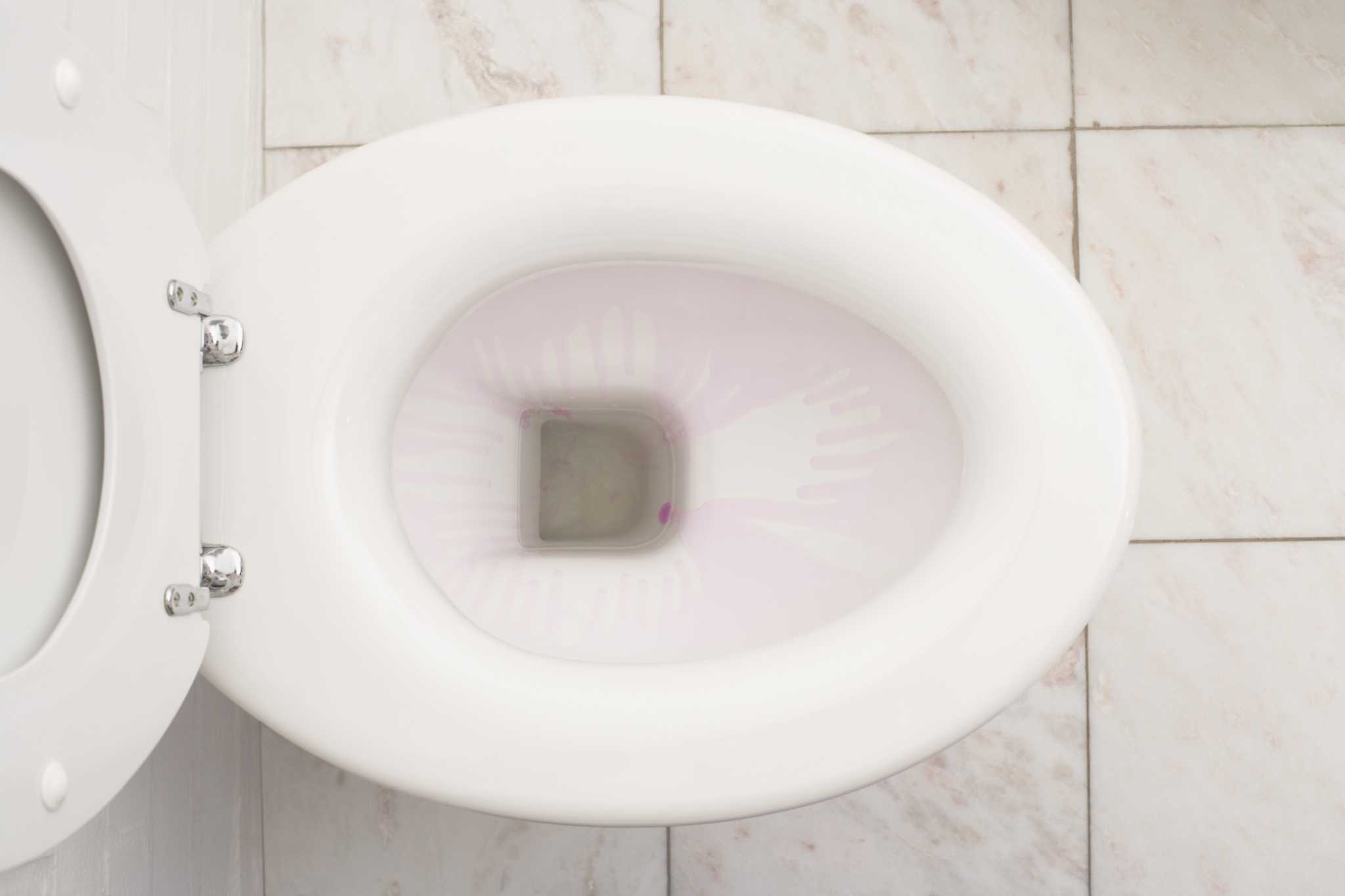

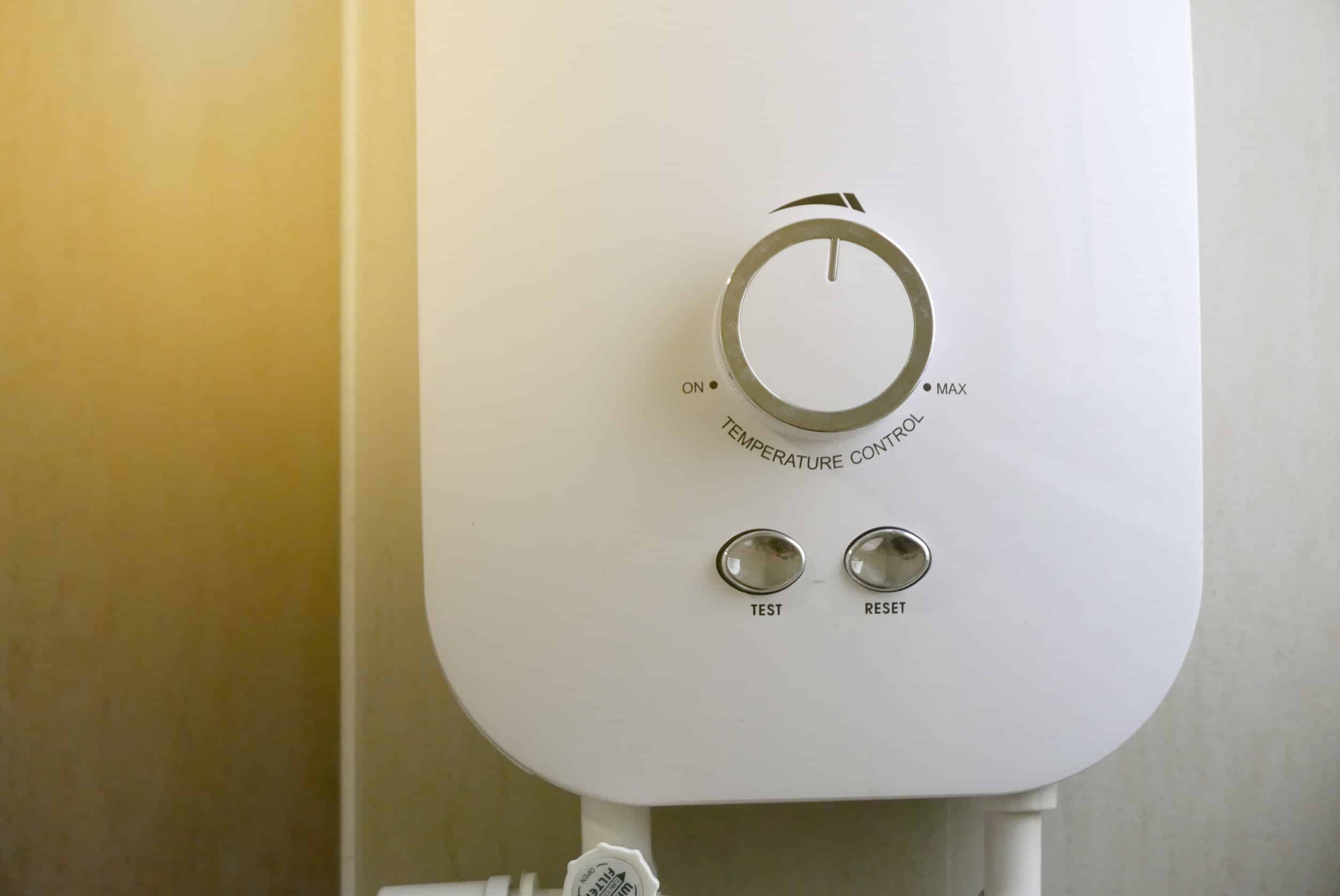
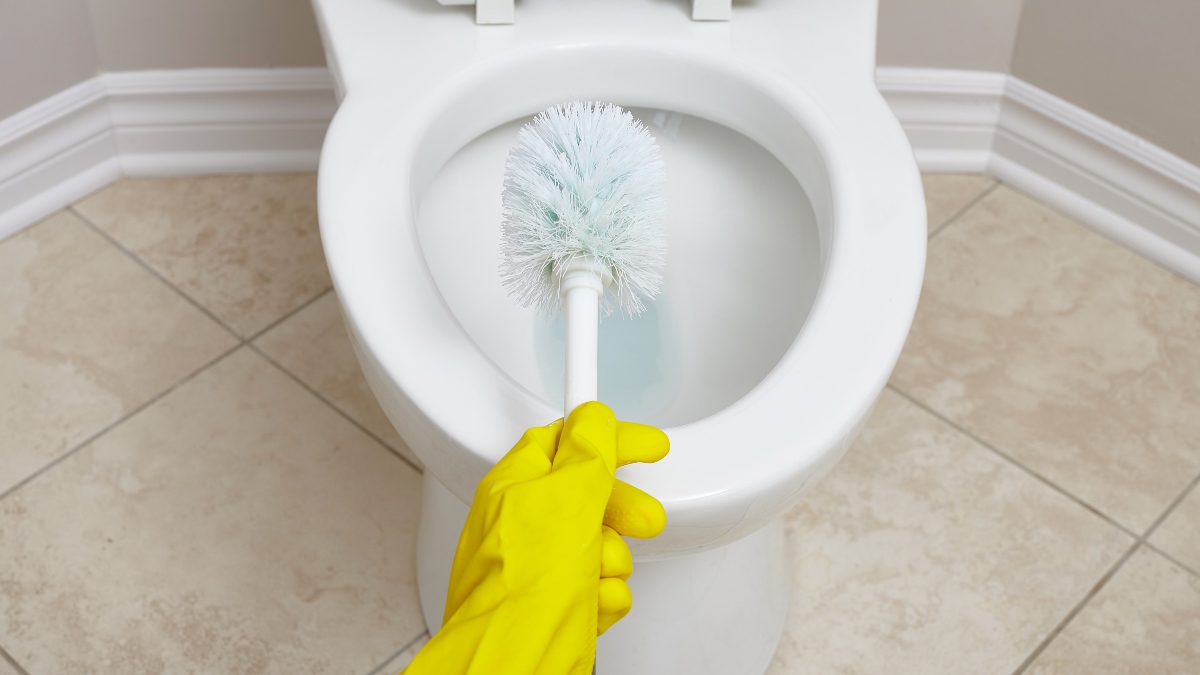



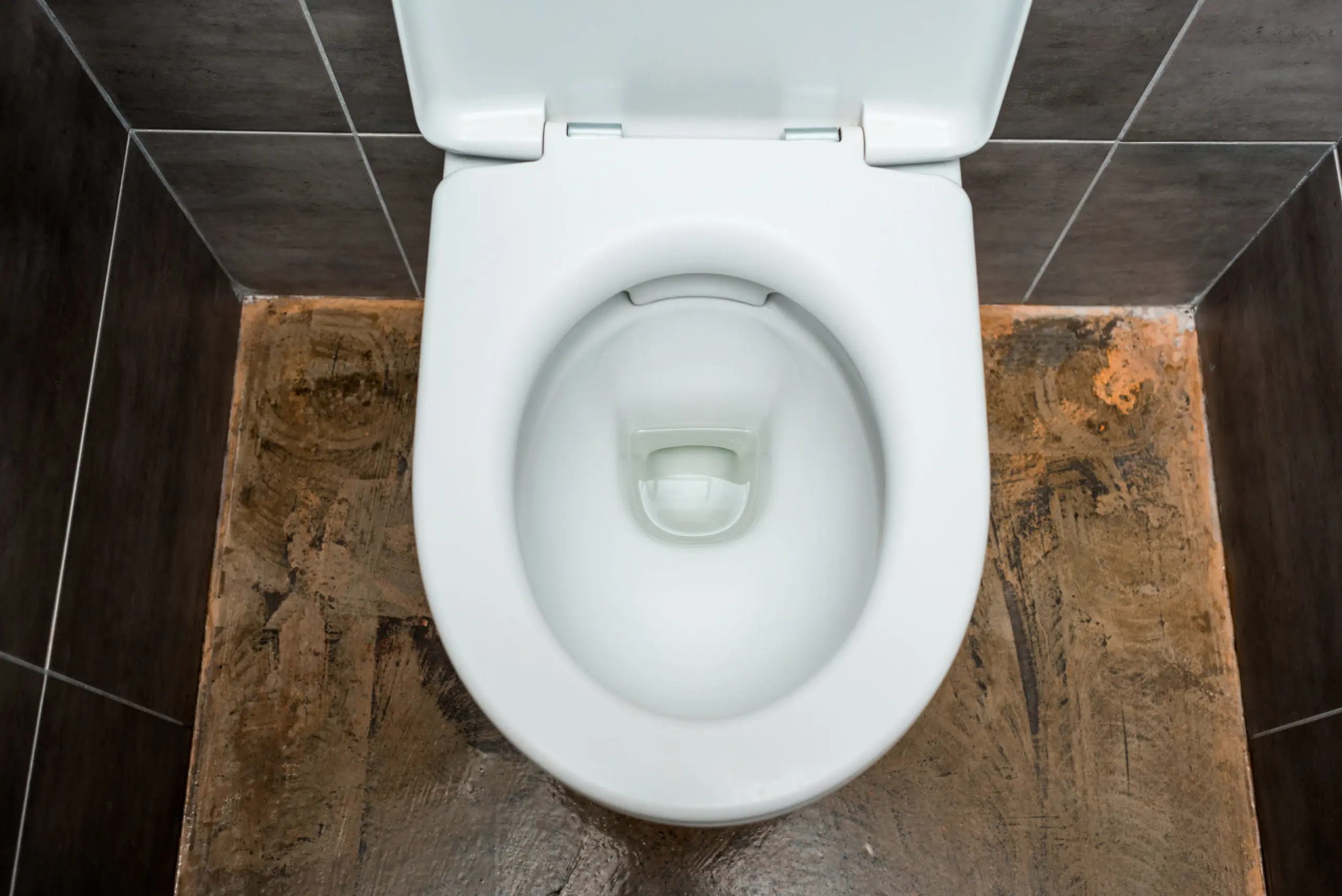
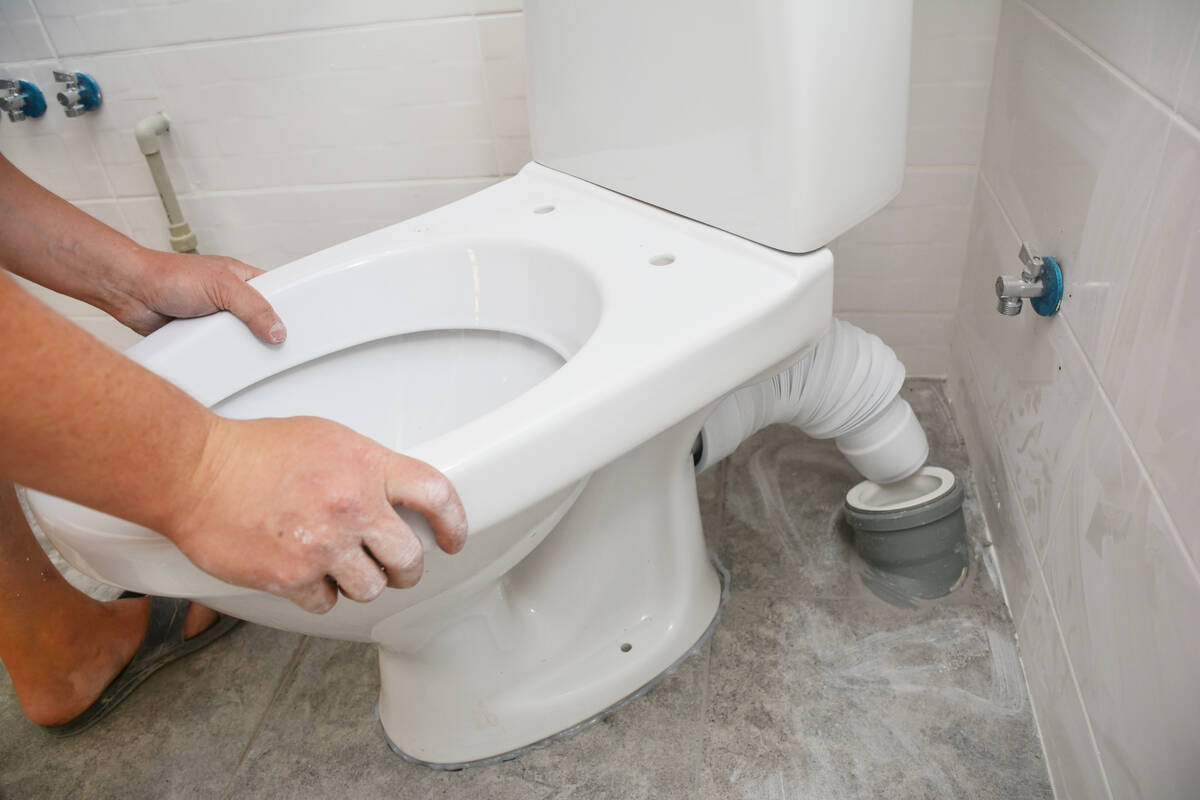
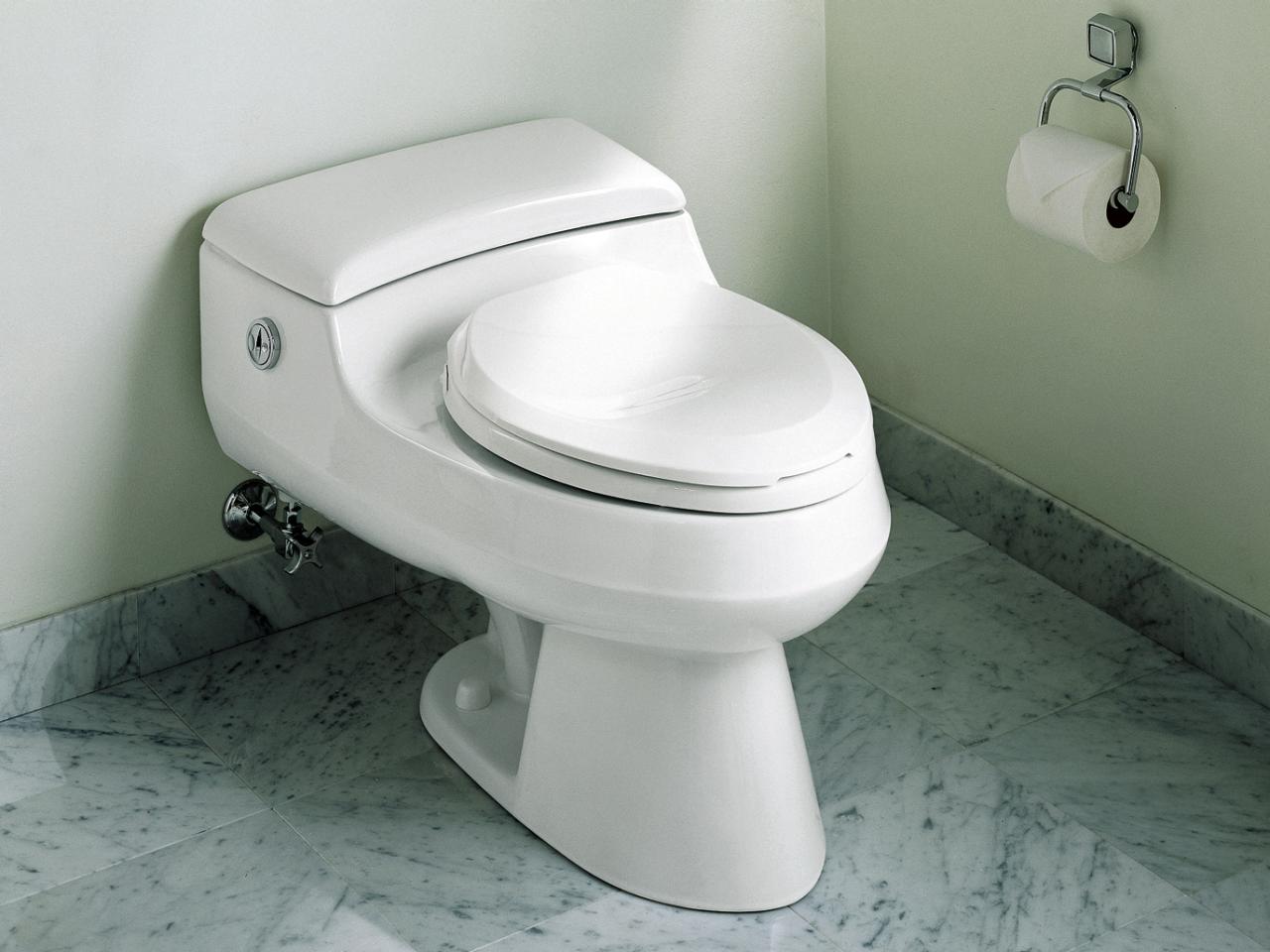



0 thoughts on “Why Is The Water In My Toilet Brown”